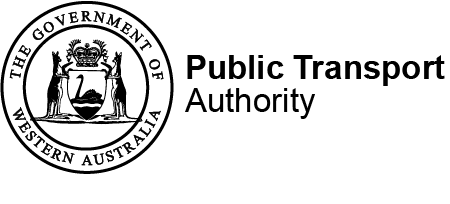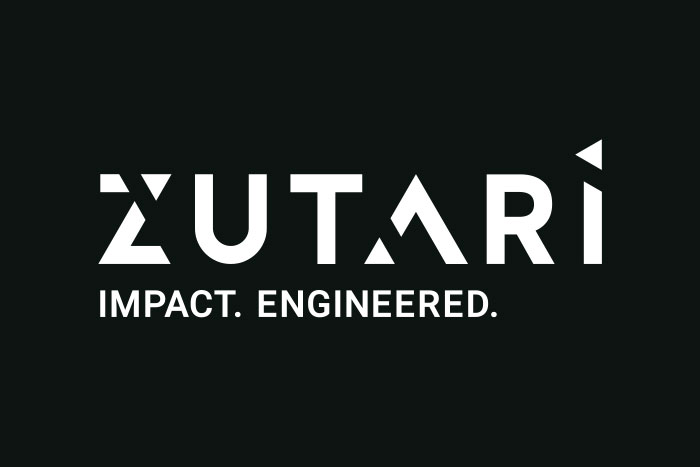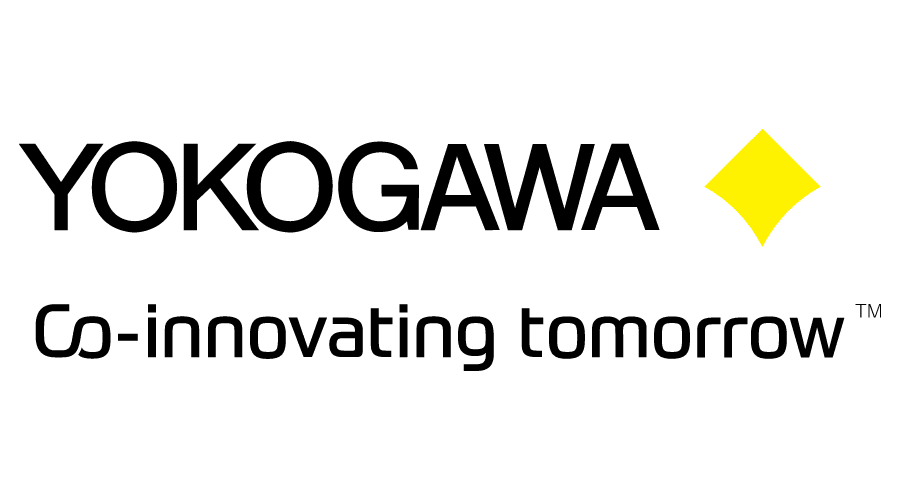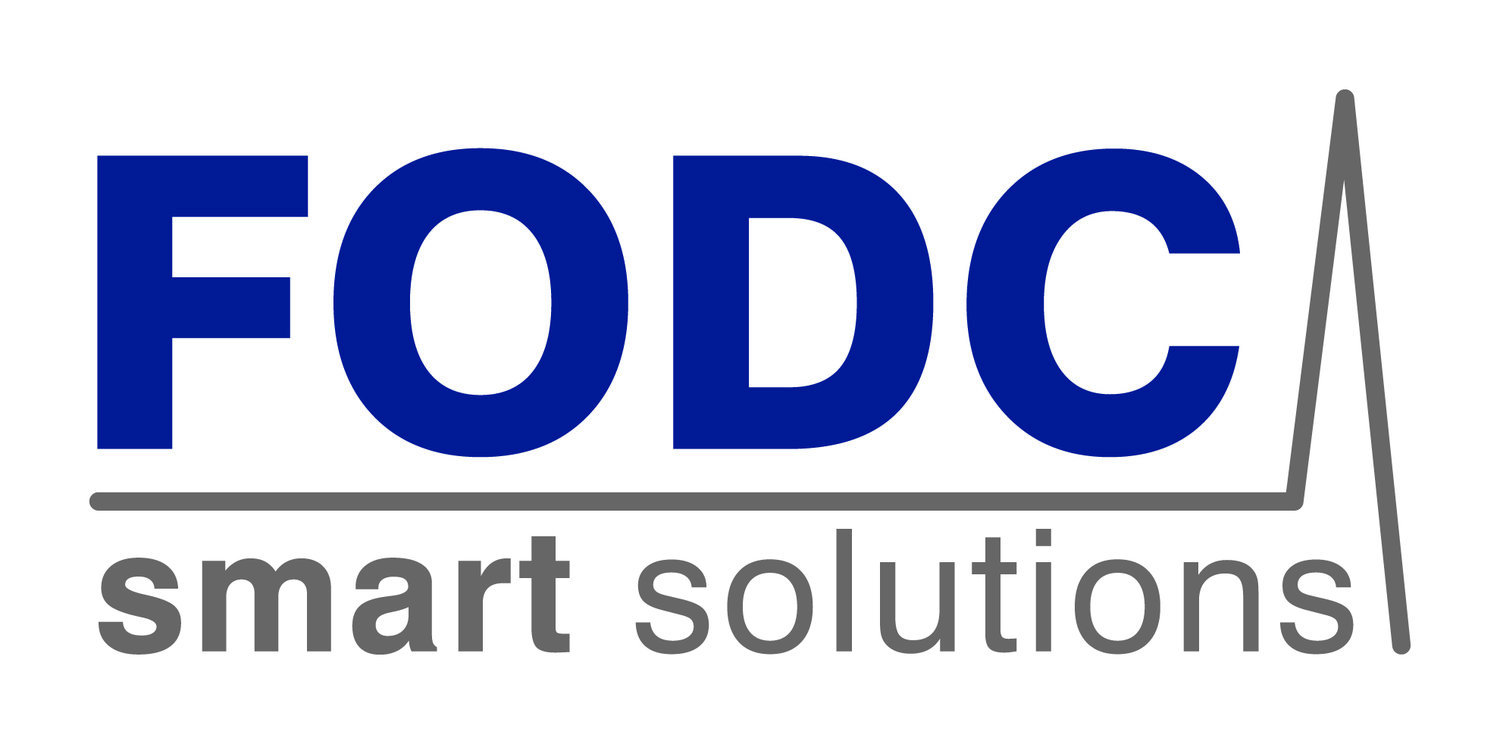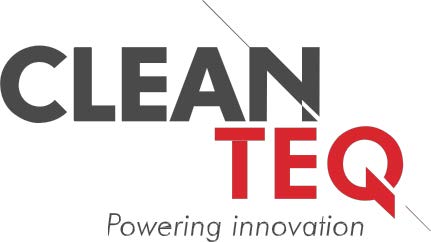Business Context
As part of their continuous improvement strategy, the Public Transport Authority of Western Australia (PTA) recognised that they needed to redress their asset management processes and procedures by embarking on a journey of digitisation.
As the asset owner, inaccurate and incomplete systems information was unnecessarily exposing them to risks, and the use of CAD and Excel spreadsheets to create, document and manage information was unreliable, jeopardising the integrity of their assets.
In general, the digitisation of electrical systems in rail infrastructure projects has been overlooked in favour of elements that possess geometry. So, there were no precedents. There was an absence of an effective object-oriented modelling approach which, could accommodate the complexity associated with electrical systems that are unable to be described with 3D modelling.
To address this problem, and to enable the digital asset management of electrical systems for their rail infrastructure, an innovative and alternative way to manage complex electrical information was adopted using dad.
Best Practice Integration
The use of system information modelling in conjunction with 3D modelling can ensure the integrity of the information required for operations and maintenance.
Having asset information in a single source digital format, a real digital twin, enabled PTA to have the right information accessible to users at any time. As a result, this new digital way of working is being integrated into all work practices at PTA.
The mapping between the model in dad and PTA’s asset management software enables engineering data accumulated during the design and construction process to be effectively transferred and utilised during the operations and maintenance phase of an asset.
dad was first integrated to model PTA’s extensive fibre optic network, previously contained within hundreds and hundreds of spreadsheets. It then expanded to model the electrical, control, communications and IT systems for additional projects including bus ports and car parks.
PTA has adopted this new way of working as part of a strategy to engage with a digital future. All projects are now bound to deliver a systems model in dad at conclusion and will contain all the telecommunications and low voltage electrical systems information through the lifecycle.

